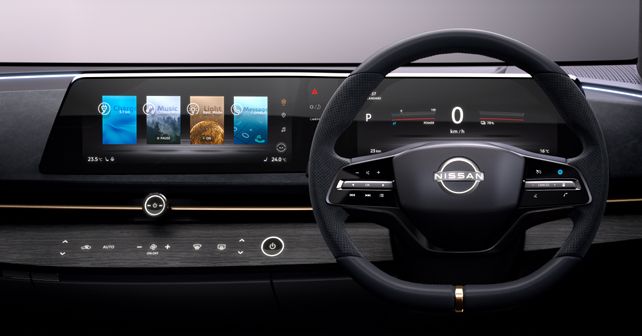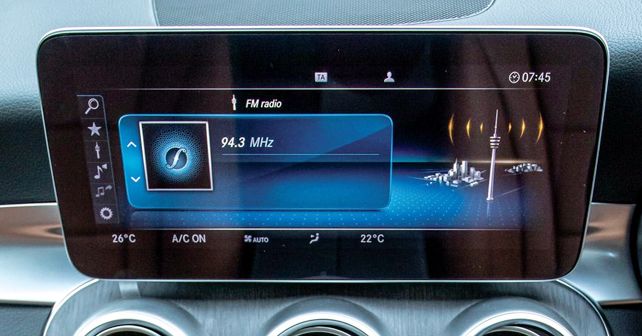
Ever wondered why some global carmakers are favouring a horizontal twin-touchscreen layout for their current and future vehicles?
Well, old-school auto aficionados (fans of the conventional knobs & switches) have been somewhat disappointed, perplexed, and even annoyed by one particular automotive design evolution – the ever-growing popularity of touchscreen-based command & information centres in modern cars.
Over the past few years, though, this relatively new trend of using touchscreens has also evolved a step further. Case in point – some manufactures like Mercedes-Benz, Hyundai, and Nissan prefer the horizontal twin-touchscreen layout (two screens of the infotainment system and the instrument cluster set in a single, seamless housing) over the conventional single tablet-style centre touchscreen. But what has prompted this shift? And what kind of advantage does the twin-touchscreen layout offer over the preceding trend? Nissan has provided an answer to these questions with respect to its Ariya EV Concept, which was revealed at the 2019 Tokyo Motor Show, which hints at the technology of the Japanese brand's future production EVs.
For Nissan, the curved twin-screen layout represents the brand's new 'Timeless Japanese Futurism' design language. Reminiscent of a 'wave', the twin-screen layout matches the car's 'horizon' aesthetic. As a result, the sleek, seamless display looks like a natural, integrated part of the Ariya Concept's interior design. However, apart from its superior aesthetic appeal, the twin-screen layout offers better ergonomics as well. Like a conventional tablet-style touchscreen, which is set in the middle of the dashboard, the twin-touchscreen housing is also set in a similar fashion. It is also in the driver's line of sight, which means minimal distraction when looking at the screen.
In the words of Tomomichi Uekuri, Senior Manager, Nissan's Human-Machine Interface (HMI) team, 'The human eye naturally looks from side to side when driving. People can see and absorb more information if it's laid out horizontally. Peripheral vision works in this way as well. The display's wave construction is innovative & utilizes an ergonomic layout for both the metre display and the centre display not only for visibility but also allows the driver to easily reach the centre display touchscreen.'
In the case of the Ariya EV Concept, the information on one screen can also be switched to appear on the other screen, thereby creating the effect of a single screen.
Read more:
Guillaume Cartier appointed as Nissan Chairman for its Africa, Middle East and India operations
Nissan showcases twin-motor all-wheel-control tech for future EVs


























Write your Comment